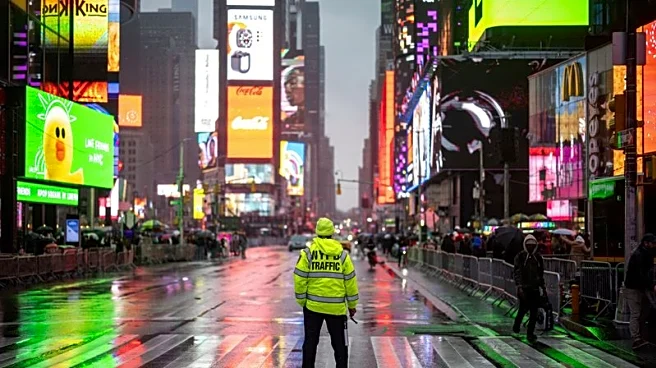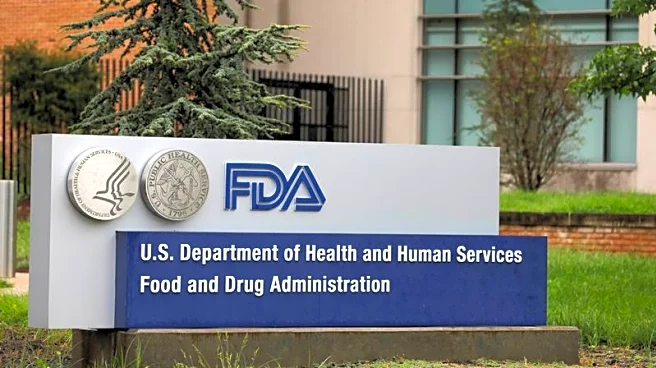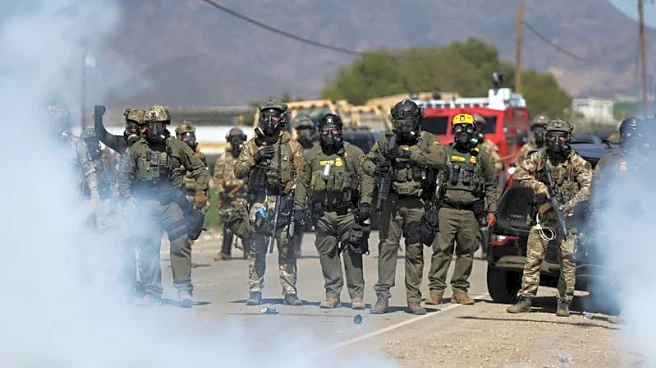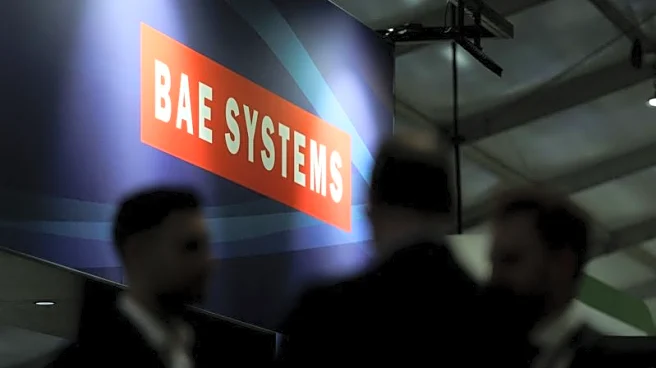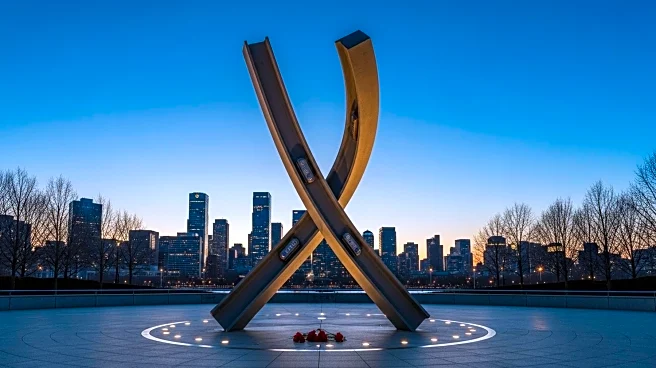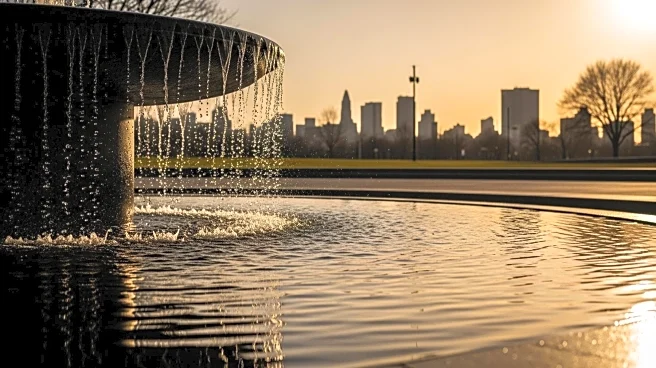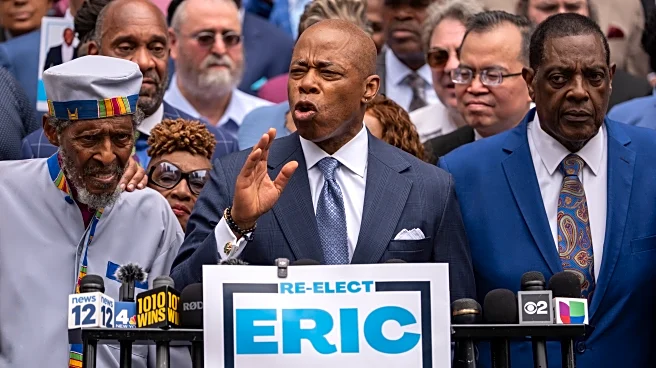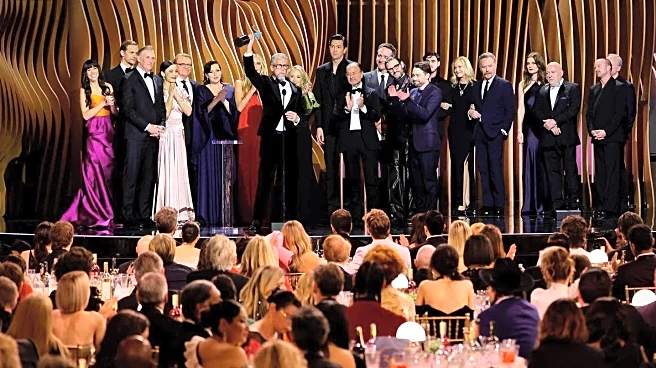By David Shepardson
(Reuters) -New York officials said on Tuesday that 17.6 million fewer vehicles have entered congested Manhattan since the city launched its first-in-the-nation congestion pricing program in January, down 12%.
The program charges most passenger vehicles a toll of $9 during peak periods to enter Manhattan south of 60th Street, in a bid to cut congestion and raise funds to improve mass transit.
The Trump administration is trying to kill the program but a judge has put that effort on hold,
as well as blocking the federal government from withholding approval or funding for New York projects.
New York Governor Kathy Hochul and the Metropolitan Transportation Authority said on Tuesday crossing times into Manhattan in the congestion zone have dropped, making the Brooklyn Bridge 13% faster, Holland Tunnel 36% faster and Lincoln Tunnel 5% faster.
Crashes in the Manhattan congestion zone are down 14%, while traffic injuries are down by 15%, while ridership on buses is up 13% and on subways up 9%.
Hochul has said that funds raised from the program would underpin $15 billion in debt financing for critical mass transit capital improvements.
The USDOT under Democratic President Joe Biden had approved the congestion program in November, which is monitored via electronic license plate readers. U.S. approval is needed because it involves tolls on federal highways.
The program follows similar ones in London and Singapore.
Opponents including Transportation Secretary Sean Duffy say it takes money from working people and leaves drivers without a free highway option.
Last month, Duffy said USDOT may withhold up to 25% of New York federal transit funding if the MTA's New York City Transit does not improve safety for subway track maintenance workers.
(Reporting by David Shepardson; Editing by Mark Porter and Nick Zieminski)
